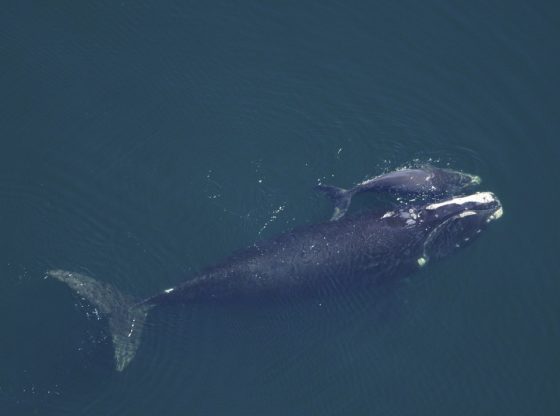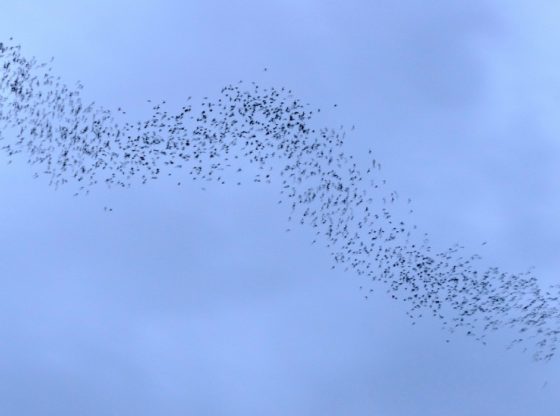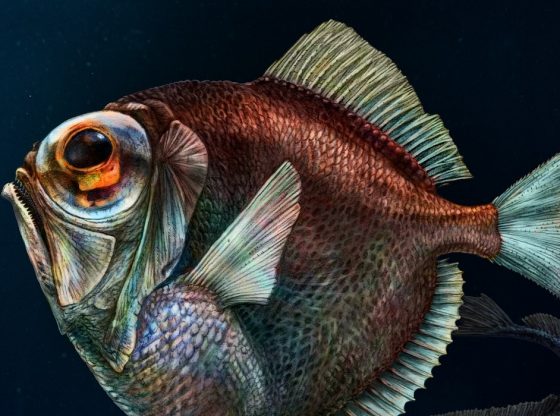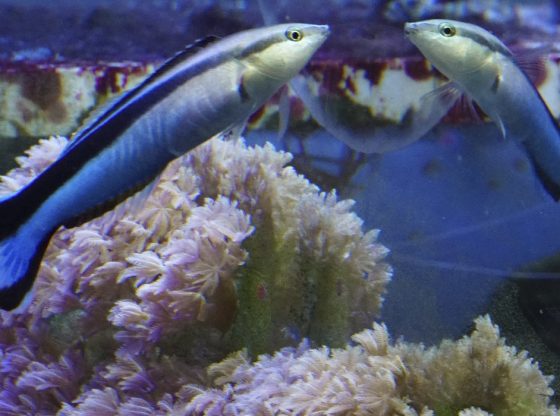
The oldest remains of biologically produced color have been found, that is, color that was once produced by living organisms. The color is clearly bright pink.
Researchers at Australian National University found the color pigments in stones in Mauritania, Western Africa.
The pigments are estimated to be 1.1 billion years old, which is over 500 million years older than previous color pigments found on Earth.
Earth itself is about 4.5 billion years old and researchers said the latest find shed light on why more sophisticated plant and animal life only came into existence 600 million years ago.
According to the researchers, the finding is important because it comes from microscopic organisms that can tell more about early life.
“Imagine you could find a fossilised dinosaur skin that still has its original colour, green or blue… that is exactly the type of discovery that we’ve made,”
– Associate Prof Jochen Brocks from the Australian National University (ANU) told the BBC.
Researchers said the pink pigment they discovered would have originally appeared blue-green to the human eye. The findings were published Tuesday in the journal Proceedings of the National Academy of Sciences.
Reference:
N. Gueneli. 1.1 billion-year-old porphyrins establish a marine ecosystem dominated by bacterial primary producers. PNAS July 9, 2018. DOI: doi.org/10/1073/pnas.1803866115.











![OpenAI. (2025). ChatGPT [Large language model]. https://chatgpt.com](https://www.illustratedcuriosity.com/files/media/55136/b1b0b614-5b72-486c-901d-ff244549d67a-350x260.webp)
![OpenAI. (2025). ChatGPT [Large language model]. https://chatgpt.com](https://www.illustratedcuriosity.com/files/media/55124/79bc18fa-f616-4951-856f-cc724ad5d497-350x260.webp)
![OpenAI. (2025). ChatGPT [Large language model]. https://chatgpt.com](https://www.illustratedcuriosity.com/files/media/55099/2638a982-b4de-4913-8a1c-1479df352bf3-350x260.webp)








